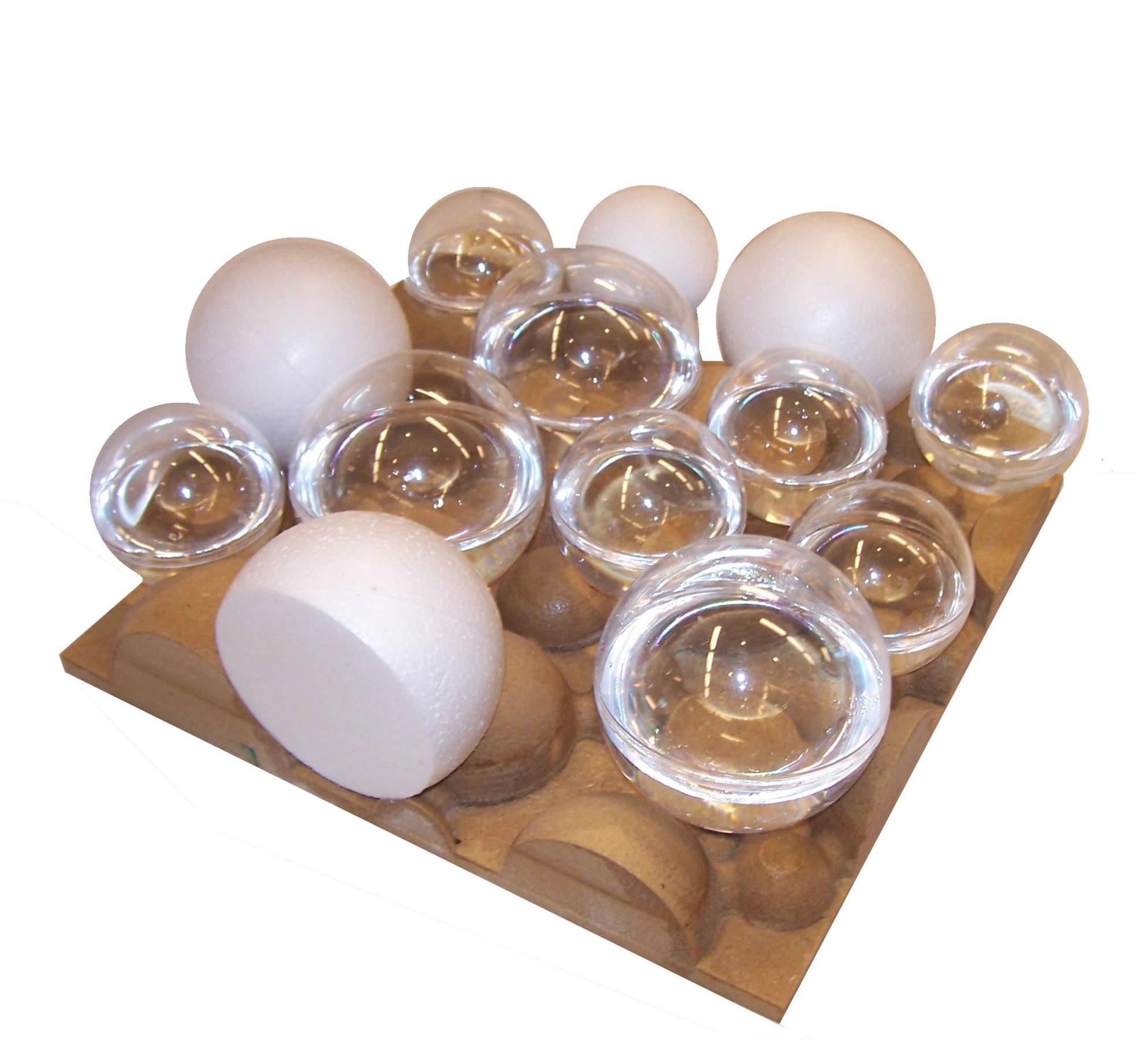
This competition seeks to investigate through research and design any notion of Implicit Performance. To explore and exploit the limits of the involvement of concrete with other resources, to create where concrete forms the basis but is not necessarily the only element at play. We look for concrete surpassing its “original” performance to the point of becoming a new material or system in and of its self with contemporary spatial and experiential consequences.

In Sense of Scale the microstructure of Ultra High Performance Concrete is scaled in such a way that an architectonic wall is created. The optimization of the material matrix guarantees a very strong structure, which makes it possible to use the concrete in slender designs. Extremely porous structures can be made, without losing load-bearing capacities. The wall forms a tactile and complex three-dimensional veil and creates an ambivalent relation between spaces: concealing and revealing while retaining a physical connection. By enlarging the concrete microstructure not just its characteristics remain, but also new qualities arise: the implicit structure becomes explicit.
 |
 |
|
Mould |
||
 |
||
Part of the model |
Mould filled with spheres |
Webster’s Third New International Dictionary:
Im-plic-it \ adj [L implicitus, past part. Of implicare to infold, involve, implicate, engage – more at EMPLOY] 1 obs: tangled or twisted together : INTERWOVEN 2a (1) : tacitly involved in something else : capable of being understood from something else though unexpressed: capable of being inferred : IMPLIED – compare EXPLICIT (2) : involved in the nature or essence of something though not revealed, expressed, or developed : POTENTIAL b (1) : not appearing overtly : confined in the organism (2) of a culture : capable of being derived only as an implication from behavior : not apparent or overt to the people it characterizes : tacit and underlying 3a : lacking doubt or reserve : UNQUESTIONING, WHOLEHEARTED b obs: UNQUALIFIED, ABSOLUTE 4 archaic : marked by an implicit faith, credulity, or obedience
Hybrid \ 1a : marked by heterogeneity in origin, composition, or appearance : Composite b : being a linguistic hybrid 2 : of, relating to, or resulting from the union of gametes from parents of different genotype. 3 : having characteristics resulting from two diverse cultures or traditions.
Reinforced concrete has always played an autonomous role in architecture. The division of the construction process into Skin, Skeleton, Installations and Interior organization was a major breakthrough in its day. It triggered an expansion of concrete’s applications within architectural design that has reached practically all areas of building practice. But concrete has always been concrete and, where concrete ended, something else always began. Let us say that concrete has been an individually identifiable material, always protagonist of the systems in which it participates, most of the times even as the only player. However times are changing and the transparency created by the clear identification of constructive elements and materials is nowadays disappearing thus constituting a blurred state in which the old dream of the desirable compatibility between discriminate components has created a new condition; merging components into one another, thus making it impossible to distinguish the boundaries between them. Concrete is a specific material with its own science and culture, and only very recently has research been started into the possibilities of being integrated in more complex systems other than its own forms of technologies and applications. To open this exploration to schools and create an experimental platform for future applications of concrete as an integrated constructive resource is the main objective of this competition cycle.
Looking into other areas of technical evolution, it appears that there is a common interest in dissolving the limits of what had been thought of, designed as, and used for perfectly differentiated applications. This trend in construction materials and resources, what we call “crossbreeds” or more precisely “hybrids”, combines different ingredients. Some of these ingredients have yet to be included in construction systems in order to create new products with properties and applications that differ from applying the same items in an individual yet collaborative way. This is however not merely a material or structural concern. There is a deeper interest within this research generated by calling upon the integration of different fields of knowledge, methods of design, and functions. The “hybrids” of interest are those that offer complete systems. The root of this statement indicates a future for numerous extraordinary possibilities in a new construction culture. “Hybrids” play an exciting role because apart from being structural, constructive or efficient, they should also be spatial, aesthetic and open enough to be adaptable to different situations. Thus creating conditions in which no apparent limits are found for using a wide and innovative range of elements. Including live or “animated” ingredients combined with recycled products or those that previously were rejected by design practices and construction science.
This integrating condition, which we prefer to call ‘Implicit Performance’, is offered through the above-mentioned possible systems and should nowadays also include concrete. This is the objective of the competition: to explore and exploit the limits of the involvement of concrete with other resources to create new construction materials and applications where concrete forms the basis but is not the only element at play. It is therefore a question of finding conditions of compatibility and integration –we could say a “complicity”– between concrete and something else in order to create a new material or system that adopts other characteristics. We look for concrete surpassing its “original” performance to the point of becoming a new material in and of its self with contemporary spatial and experiential consequences. Behind the collective work that the competition evokes, there is an interest of generating practical implementations of theoretical topics on architecture as the construction of a second nature or second life. Creating architectural applications and systems for a world that needs to seriously reconsider the material conditions with which construction and demolition takes places.
Juan Herreros
Madrid, 2007